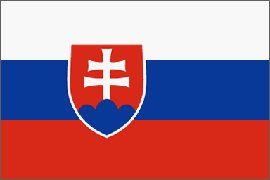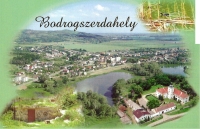| Obec Streda nad Bodrogom /Bodrogszerdahely Municipality / |
|
By leaving your small stone town, the next settlement, which is located in the largest area of the micro area and has the largest population. Its historical interest is that archaeologists have found traces of prehistoric settlements here as well. The village had some of the most prominent landlords, whose chambers are guarded by the present past. The Vécsey family's mansion was also nicely restored with its yard, and the local government now operates here. Lajos Kossuth served with the Vécsey family. It is also worth mentioning the castle of the Russian family, which also belongs to the sights. It is worth to visit the various mansions, the Roman and Greek-Catholic churches, the old centuries-old tombstones, the crosses, the various monuments and, last but not least, the masterpieces of folk tradition. He is vibrant in his cultural activities, in the settlement, in fine arts, exhibitions. Its education and health center provides the residents of the area. In addition, the village has police, post office, railway station and savings bank. The Bodrog River has many dead spots, of which the Tajba, which is one of the great pride of the village, must be mentioned in terms of nature conservation. This nature conservation reserve, Bodrog's Marshal Deck, with special animal and plant associations on 27.36 hectares. There are rare species of plants such as broad-leaved rushes, white lily roses, lily-of-the-roaches and yellow waterfowl. Among the animals, it is worth mentioning the Dankirály, the Red Scarlet, and the Small Bunny. The biggest curio of the swamp turtle. In Central Europe, this species of turtles is the only one that feels really good in densely populated backwaters. You just land on the land or just put your eggs down. To make the small animals out, it is the eastern slope and the sandy ground. The thirty thousand crowned ideals of value, turtles are full of water and, if lucky, they can live up to 120 years. Now is the road between Bodrogszerdahely and the Hungarian Karos Commune, which stretches across the Bodrog Channel, which provided the economic circulation of the Bodrogköz 113 years ago. |




